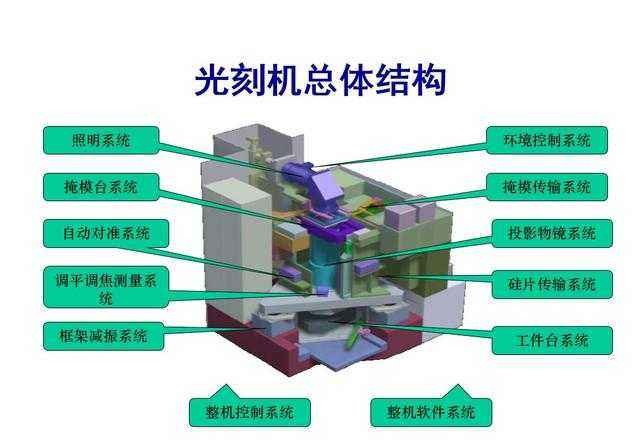Line 和 DUV 分别用什么样式的光阻?各个光阻特性如何?
To achieve sub-wavelength lithography results,resist rechnology - like the phase shifting masks,scanner optics and inspection techniques- is pushed to its absolute limit. Most impo...
To achieve sub-wavelength lithography results,resist rechnology - like the phase shifting masks,scanner optics and inspection techniques- is pushed to its absolute limit. Most importantly, the fundamental structrueof resists must change - from i-line's novolac-based resists to CA hydroxystyrene-based resist at 248nm,to cyclic olefin or acrylate-based resists at 193 nm,to an as-yt-undermined polymer family at 157nm lithography.
The CA resists based on polyhydroxystyrene(PHOST) polymer used at 248nm represent a radical departure from i-line's novolac-based resist chemistry. The HOST polymer backbone has protecting groups that become deprotected when a photoacid generator(PAG) decomposes upon exposure to 248 nm wavelength light, beginning a catalytic chemical reaction described as chemical amplification. The deprotection mechanism causes a polarity change in the resist polymer from lipophilic to hydrophilic,making exposed regions soluble in developer,typically TMAH(tetramethyl-ammonium hydroxide).
Imaging in CA resists occurs in two steps:acid generation during exposure and acid-catalyzed reations during the post-exposure baking(PEB) step.
Because acid diffusion greatly influences resist characteristics during post-exposure dlay and PEB,control of amine groups that neutralize the acid-catalyzed reactions is essential.This requires molecular contamination monitoring of the environment in the track system and stepper,which,if uncontrolled causes resist "T-topping". Similarly, some processed SiON ARCs cause "footing". As a result all DUV production lithography cells have airborne molecular contamination filtration and monitors provided by Extraction Systems(Franklin,Mass) and other firms. Though environmental control requirements have not changed,newer 248nm resists are more resistant to amine contamination due o in corporation of low activation energy protecting groups or annealing that reduces th resist's free volume.
为了获得亚波长光刻结果,抗蚀剂再制造技术,如相移掩模、扫描光学和检测技术被推到了它的绝对极限。最重要的是,抗蚀剂的基本结构必须改变——从I线的酚醛树脂基抗蚀剂到248nm的Ca羟基苯乙烯基抗蚀剂,到193 nm的环烯烃或丙烯酸酯基抗蚀剂,到157nm光刻的Y-YT破坏聚合物系列。
在248nm处使用的基于多羟基苯乙烯(PHOST)聚合物的CA抗蚀剂代表了与i-line基于酚醛的抗蚀剂化学的根本背离。HOST聚合物骨架具有保护基团,当光酸发生器(PAG)暴露于248nm波长的光下分解时,保护基团变得不受保护,从而开始催化化学反应,称为化学放大。脱保护机制导致抗蚀剂聚合物的极性从亲脂性改变为亲水性,使暴露区域溶于显影剂,典型地是TMAH(四甲基氢氧化铵)。
CA抗蚀剂中的成像过程分为两个步骤:曝光期间的酸生成和曝光后烘焙(PEB)步骤中的酸催化反应。
由于酸扩散在暴露后涂布和PEB中极大地影响抗蚀性能,因此控制使酸催化反应中和的胺基是必不可少的。这需要对跟踪系统和步进器中的环境进行分子污染监测,如果不加以控制,则需要对跟踪系统和步进器中的环境进行分子污染监测。LED导致抗“T顶”。类似地,一些经过处理的弧会导致“立足”。结果,所有DUV生产光刻单元都具有空气分子污染过滤和由提取系统(Franklin,Mass)和其他公司提供的监视器。虽然环境控制要求没有改变,但新型的248nm抗蚀剂由于与低活化能保护基团合作或退火降低了抗蚀剂的自由体积,因而对胺污染具有更强的抵抗力。
- 发表于 2018-11-03 12:53
- 阅读 ( 1279 )
- 分类:半导体制造
你可能感兴趣的文章
相关问题
0 条评论
请先 登录 后评论

